Per Kerouac, è meglio dormire liberi in un letto scomodo che dormire prigionieri in un letto comodo. Si conferma l’estetica dello on the road, al vitalismo dell’avventura. Giulia è stata inquadrata dentro una casa di pietra più in rovina che solo pericolante. Lei ci dà le spalle, reggendosi agli stipiti d’una porta assente (che forse nessuno avrebbe mai montato). Sullo sfondo, il pendio boscoso suggerisce un ambiente montano. Spiace sempre lo spopolamento dei vecchi borghi, mancanti dei moderni servizi, in favore del caos cittadino. In primo piano c’è una sorta di “brandina sepolcrale”, col marmo a rimpiazzare il materasso. Ma Giulia fortunatamente l’avrebbe abbandonata, sgranchendo le braccia per accogliere la luce del sole. Più che un risveglio diventa una trasfigurazione, col corpo a sorvolare grazie al “salto con l’asta” (dai due elementi al lato sinistro del varco).
According to Kerouac, it is better to sleep freely in an uncomfortable bed than to sleep as a prisoner in a comfortable bed. We confirm the aesthetics about the on the road, at the vitalism of an adventure. Giulia was framed inside a stone house more in ruins than only tottering. She turns her back to us, holding on the jambs of an absent door (that perhaps no one would have ever assembled). On the background, the wooded slope prompts a mountain environment. We are always disappointed because the old villages, lacking of the modern services, are depopulated in favour of the city chaos. In the foreground there is a sort of “sepulchral cot”, with the marble that replace the mattress. But Giulia fortunately would have abandoned it, stretching out the arms to embrace the sunlight. This becomes a transfiguration, more than an awakening, with the body that flies over through a “pole vaulting” (from the two elements on the left side of the opening).
(courtesy to Giulia Morgani)
Per la scrittrice Nadine Gordimer, la cultura in Sudafrica dev’essere ancora costruita, nell’impossibilità di farsi portare con la macchina mineraria, tramite la stiva d’una nave. Lì, le tante etnie meritano il rispetto, respingendo la segregazione (sia politica sia economica). Teodora è stata inquadrata in piedi, ma dandoci le spalle. Precisamente lei cammina in un territorio desertico del Sudafrica. Il caratteristico scialle è legato sulla testa mediante un cerchietto, e poi scende lungo la schiena, terminando a frange. Non sappiamo quanto i toni al biancoblu dell’abbigliamento consentano di rinfrescare le dune del deserto. Le stesse frange manterrebbero una “polvere” per le onde. Alla fine il fulcro dello scatto appartiene al braccio destro, che è scoperto. Qualcosa da percepire come una “trivella” per lo “gnomone”, dovendo costruire una “falda acquifera” per il flusso del tempo, perché nessuno può evitare d’adattarsi: nemmeno nel deserto.
According to the writer Nadine Gordimer, the culture in South Africa has yet to be built, for the impossibility of its transport by the mining machine, through the hold of a ship. There, many ethnicities are worthy of respect, rejecting the segregation (both political and economic). Teodora was framed standing, but turning her back to us. Precisely she walks in a desert territory of South Africa. The typical shawl is tied on the head through a hairband, and then it goes down along the back, ending in the fringes. We don’t know how much the blue-white tones of the clothing allow refreshing the desert dunes. The same fringes would maintain a “dust” for the waves. Finally the crux of the shot belongs to the right arm, which is uncovered. Something that we have to perceive as a “drill” for a “gnomon”, having to build an “aquifer” for the flow of time, because nobody can avoid adapting himself: not even in the desert.
(courtesy to Teodora Pampaloni)
Marina Cvetaeva liricizza Ofelia, che nel torrente avrà i capelli ricci al fine di radunare la ghiaia in covoni. Romanticamente sarà più sensuale una resurrezione che non “sommerga” le sue cicatrici? D’altro canto, nella vita amorosa noi ci sacrifichiamo perfino… in cielo (astrattamente). Daria ha posato al piano americano, incrociando le gambe. Lei indossa il nero, fra la giacca e le calze. All’outfit, ciò aumenterà la sensualità per il “freddo montaggio” dei capelli sciolti sul petto a “chiave inglese”, sino alle mani una sopra l’altra in avvitamento. Qualcuno percepirà una configurazione a “covone” per il busto con la giacca, coinvolgendo le braccia. Il dettaglio più “vissuto” del corpo riguarda certamente il flusso delle vene, sulle mani. Lo sguardo di Daria è abbastanza serio. Simbolicamente potrebbe anche valere l’esistenzialismo d’un ammanettamento.
Marina Cvetaeva lyricizes Ophelia, who in the brook will have the curly hair in order to gather the gravel through the sheaves. Romantically will a resurrection without “submerging” its scars be more sensual? On the other hand, in the love life we sacrifice ourselves even… in the sky (abstractly). Daria posed by a cow-boy shot, crossing the legs. She wears the black, between the jacket and the stockings. At the outfit, that situation will increase the sensuality for the “cold assembly” of the loose hair on the chest as a “wrench”, until to the hands one above the other in screwing. Somebody will perceive the configuration of a “sheaf” for the bust with the jacket, involving the arms. The most “lived” detail of the body certainly concerns the flow of the veins, on the hands. The Daria’s gaze is quite serious. Symbolically also the existentialism which handcuffs could be valid.
(courtesy to Daria Utkina)
Bibliografia – Bibliography
CVETAEVA IVANOVNA M., Poesie, Feltrinelli, Milano 2000, p. 118
KEROUAC J., Forever on the road, Mondadori, Milano 2019
PAGANONI M.C., Lettere dal Sudafrica: la saggistica di Nadine Gordimer, FrancoAngeli, Milano 1997, pp. 80-81
Biografia – Biography
L’attrice e modella italiana (qui al suo autoscatto) Giulia Morgani nasce a Salerno. Lei ha studiato Scienze della Comunicazione. Giulia è anche sceneggiatrice e scrittrice (col primo romanzo, dal titolo Il paese dalle porte di mattone, nel 2020).
The Italian actress and model (here in her shutter release) Giulia Morgani was born in Salerno. She studied Communication science. Giulia is also screenwriter and writer (with the first novel, called Il paese dalle porte di mattone, in 2020).
La regista italiana Teodora Pampaloni (qui in posa) nasce a Firenze nel 1995. Lei ha studiato antropologia e cinema, specializzandosi nel documentario. Teodora non ricorda il nome del suo fotografo.
The Italian director Teodora Pampaloni (here in pose) was born in Florence in 1995. She studied anthropology and cinema, with a specialization in the documentary. Teodora does not remember the name of her photographer.
La modella Daria Utkina viene da Niznij Novgorod (Russia). Lei è anche pr manager nel ramo dei gioielli.
The model Daria Utkina comes from Nizhny Novgorod (Russia). She is also pr manager in the field of jewelry.
La fotografa amatoriale Alyona Utkina viene da Niznij Novgorod (Russia). Lei è la sorella della modella Daria.
The amateur photographer Alyona Utkina comes from Nizhny Novgorod (Russia). She is the sister of the model Daria.

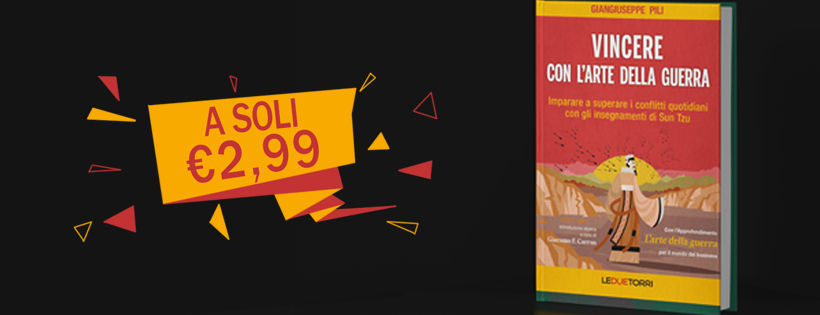
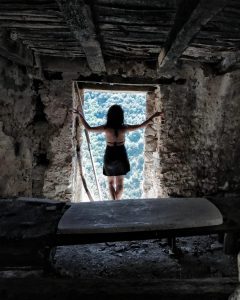
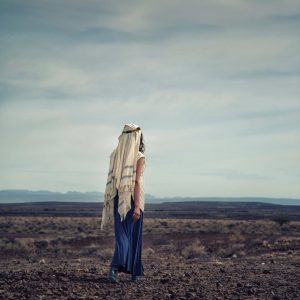
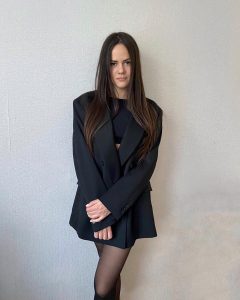
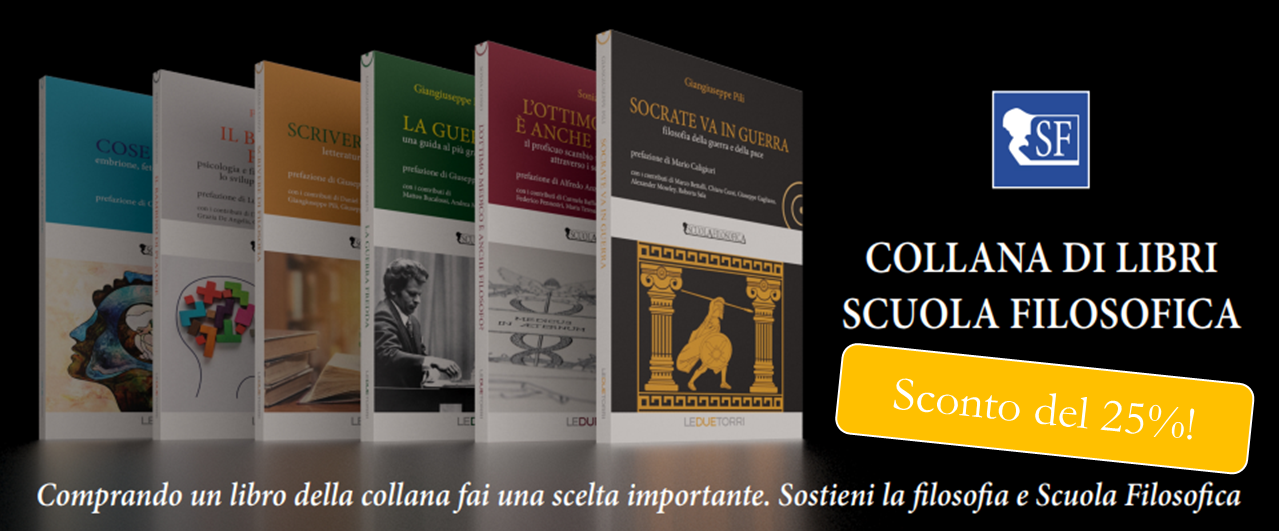

Be First to Comment